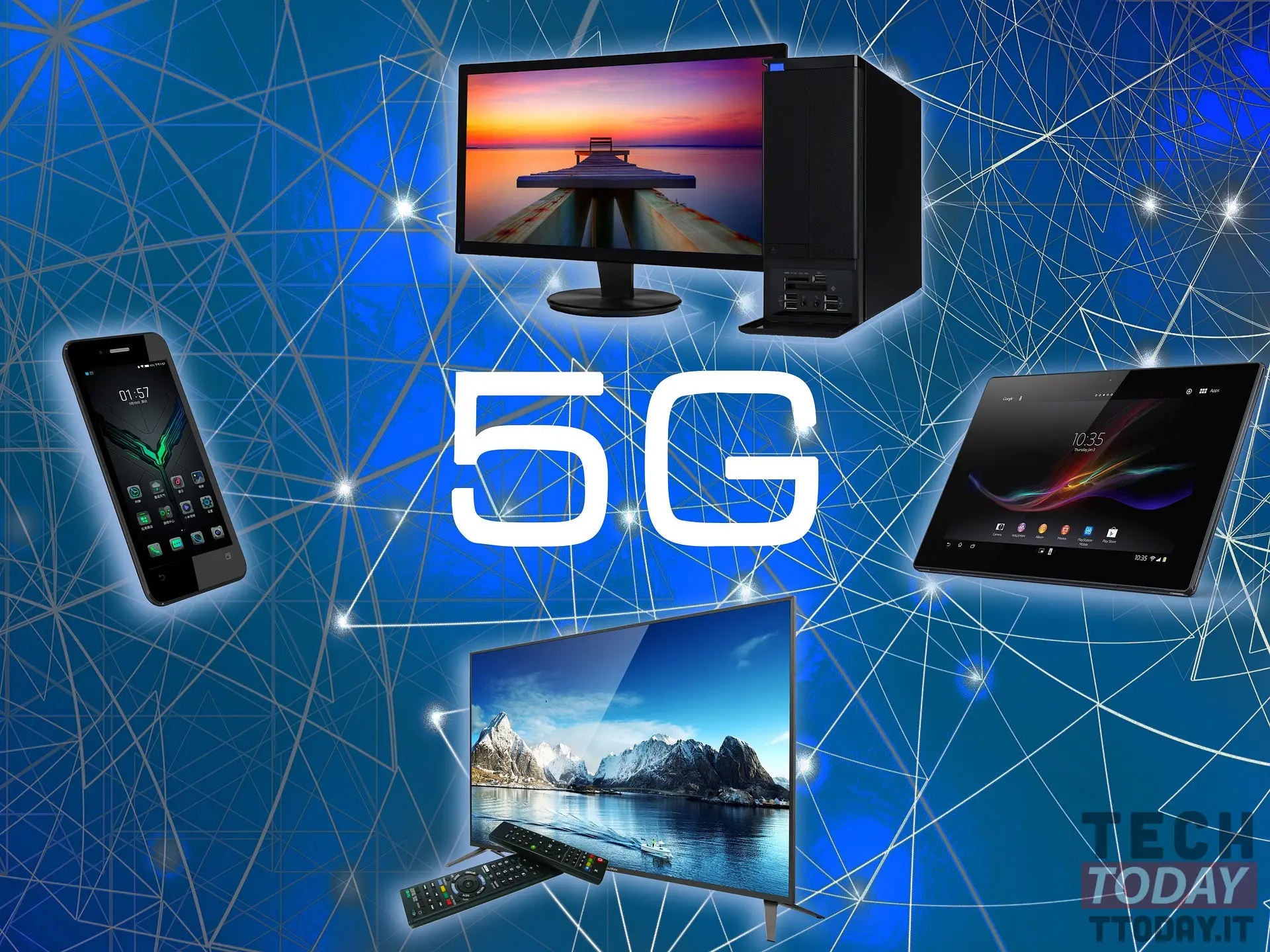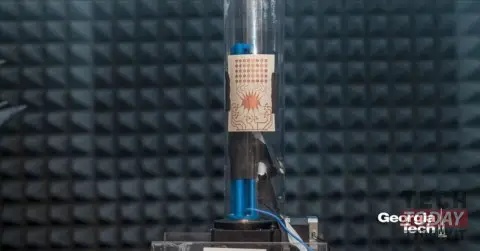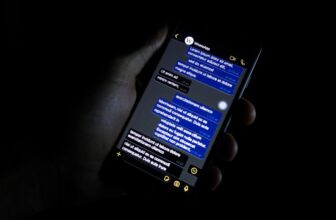
Did you know the network 5G it is useful not only for mobile device connectivity but also for recharge the same devices? Not us, but research by a team of engineers at the Georgia Institute of Technology has created a wireless charging technology that uses just this type of connectivity. Put simply, research has shown that it is possible to use the "new network" to power Internet of Things (IoT) devices. But let's see in detail what was discovered.
5G networks can wirelessly recharge a huge amount of devices: research shows that it is possible and not expensive
The researchers of Georgia Institute of Technology have discovered an innovative way to exploit the excessive capacity of 5G networks, transforming them into "a wireless power grid" to power the Internet of Things (IoT) devices that today need batteries to function. Georgia Tech inventors have developed a Rotman lens-based flexible grinding antenna system (rectenna) capable of collecting millimeter waves in the i band 28 GHz.

The Rotman lens is fundamental to the beamforming networks and is often used in radar surveillance systems to see targets in multiple directions without physically moving the antenna system. But to gather enough energy to power low-power devices over long distances, wide-aperture antennas are needed. The problem with large antennas is that they have a narrow field of view. This limitation prevents their operation if the signal is widely dispersed from a 5G base station.
"With this innovation, we can have a large antenna, which operates at higher frequencies and can receive energy from any direction. It is independent of direction, which makes it much more practical“, He noted Jimmy Hester, senior laboratory consultant and CTO and co-founder of Atheraxon. Atherazon is a Georgia Tech spinoff that develops 5G radio frequency identification (RFID) technology.
With the Georgia Tech solution, all electromagnetic energy collected by the antenna arrays from one direction is combined and fed into a single rectifier, which maximizes its efficiency. It has been attempted to harvest energy at high frequencies such as 24 or 35 GHz in the past, but used antennas they only worked if they had a straight line to the 5G base station; there was no way to increase their coverage angle.
Read also: Stategy Analytics: 5G connections won't reach 4G until 2030
Operating just like an optical lens, the Rotman lens provides six fields of view simultaneously in a spider-shaped pattern. IoT devices now require batteries to keep them running, which reduces their miniaturization.
The existing prototype is capable of collect about 6 microwatts at a distance of about 180 meters from the 5G source. This will be enough for multiple sensors to maintain constant power by completely eliminating the battery. In addition, the antenna remains functional even after folding, which opens up prospects for its use in wearable devices.
Source | ScienceDaily








